War of the fleets! 1914 - 18gg
Interior view of an English submarine under construction. Newcastle, UK.
Evacuation of the Allied troops from the Gallipoli peninsula during the Dardanelles operation.
The Allies blow their own damaged ship, interfering with the passage of other ships. Strait of the Dardanelles.
The British aircraft carrier HMS Argus was created on the basis of a cruise liner and was able to transport up to 18 aircraft. The ship is painted in "blinding camouflage" which made it difficult for the enemy to determine the speed and weapons, as well as the distance to the vessel.
US marines and sailors on one of their ships (most likely either "Pennsylvania" or "Arizona"). 1918 year.
Neutralization of mines on one of the islands of the Helgoland archipelago in the North Sea. 29 October 1918 of the year.
The plane takes off from the deck of the aircraft carrier USS North Carolina, 12 July 1916.
Blinding Ship
American sailors clean the deck of the ship from the ice.
Warships with cargo at the Andromeda rocks, near Jaffa.
Unloading 155mm guns on the Gallipoli peninsula, during the Dardanelles operation.
The sailors of the French cruiser "Admiral Aube" pose for photographers near the anvil installed on the deck.
German battleship SMS Kaiser at the Kaiser Wilhelm II parade in Kiel, Germany.
The British submarine "HMS A5" is one of the first A-class submarines that were listed in the British Navy and were intended for the defense of water areas.
Manufacturing of ship guns of large caliber. Washington DC USA.
The cat, the mascot of the ship HMS Queen Elizabeth, walks along the barrel of an 15-inch gun on deck, in 1915 year.
US Navy transport ship Pocahontes. Converted from the German passenger ship Prinzess Irene, which at the time of the outbreak of the war was in New York. 1918 year.
Departure of the crew in boats from a ship torpedoed by a German submarine.
Seaplane "Burgess" in the service of the US Naval Police in New York. 1918 year.
German submarines in the harbor.
The battleship of the US Navy "USS New Jersey". 1918 year.
Launching a torpedo by a British ship. 1917 year.
British cargo ship SS Maplewood is attacked by a German submarine SM U-35 off the coast of Sardinia. 7 April 1917 of the year.
Australians meet soldiers returning from war to Outer Harbor, South Australia.
German cruiser SMS Emden, aground on Cocos Island in 1914. This cruiser and the German squadron of East Asia attacked and sank the Russian cruiser and the French destroyer in Penang, Malaysia, in October 1914 of the year. Then an order was received to destroy a British radio station on Cocos Island in the Indian Ocean. During this raid, he was attacked by the Australian cruiser HMAS Sydney. He damaged Emden, and made him run aground.
The German cruiser Seydlitz burns during the battle for Jutland. 31 May 1916.
German submarine, caught on the south coast of England, after the surrender.
German Surrender Ship fleet at Harwich, November 20, 1918.
German submarine "U-10" at full speed.
The German ship Schleswig-Holstein fires a cannon in the battle for Jutland, 31 May 1916, in the North Sea.
Life in the Navy, fencing aboard a Japanese battleship.
French transport ship "Levifan", a former German passenger liner "Vaterland".
US submarine K-2 Pensacola (SS-33), Fla., 12 April 1916.
The engine compartment of the American submarine.
On raid in Zeebrugge, Belgium, April 23 1918. The royal fleet tried to block the Belgian port of Brugge-Zeebrugge, sinking the old ships at the entrance to the canal, so that German ships could not leave it. Thus, the two ships were successfully sunk in the canal along with its 583 sailors. Unfortunately, the barrage ships were sunk in the wrong place and soon the canal was reopened. Photo taken in May 1918.
Hydroplane flies over the Allied warships, 1915 year.
Russian battleship Tsesarevich, the ship of the Imperial Russian Navy, mooring, ca. 1915 of the year.
The British squadron under the command of Admiral John Jellico on her way met the ships of the German Imperial Navy, in the battle of Jutland in the North Sea, 31 May 1916 of the year.
The crew of the ship HMS Audacious sits in the lifeboats of the ship RMS Olympic, to take rescued on board, October 1914 of the year. Audacious is a British battleship sunk by German mine off the north coast of County Donegal, Ireland.
Destroyed and submerged German cruiser SMS Konigsberg, after a battle in the Delta of the Rufiji River (now Tanzania). Rufigi is a 100-km river that flows into the Indian Ocean about 200 km south of Dar es Salaam.
Transport ship Sardinia in camouflage camouflage, on the pier, during the First World War.
The Russian flagship Tsarevich passes by the ship HMS Victory, 1907 year.
German submarine surrenders to the US Navy.
The sinking German cruiser SMS Bluecher, in the Battle of Dogger Banks, in the North Sea, between the German and British warships, January 24, 1915. Bluecher sank, losing nearly a thousand sailors. This photo was taken from the deck of the British cruiser Arethusia
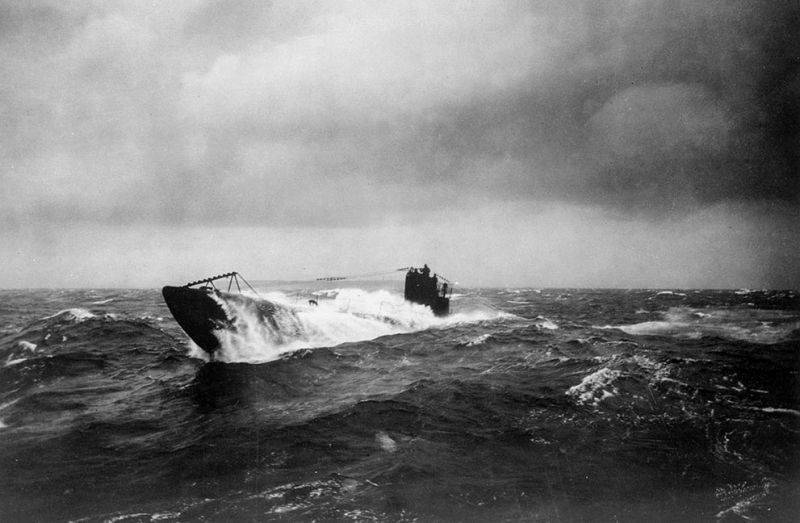
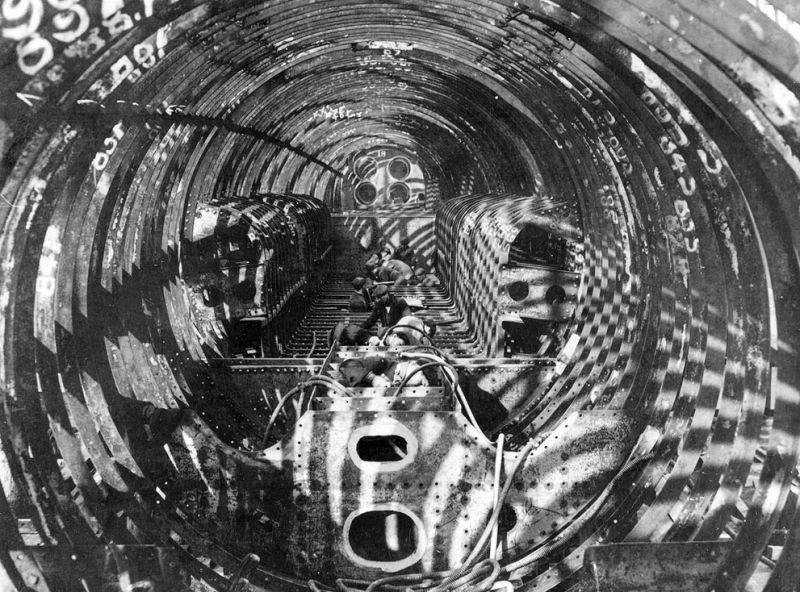
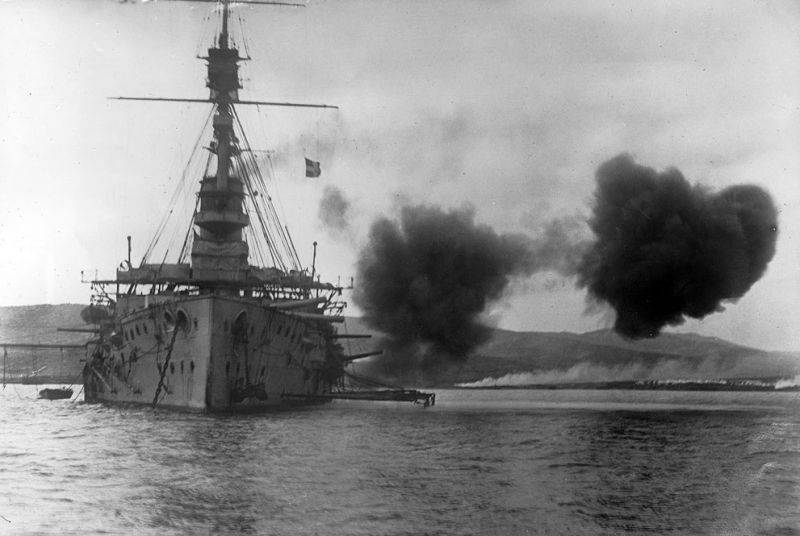
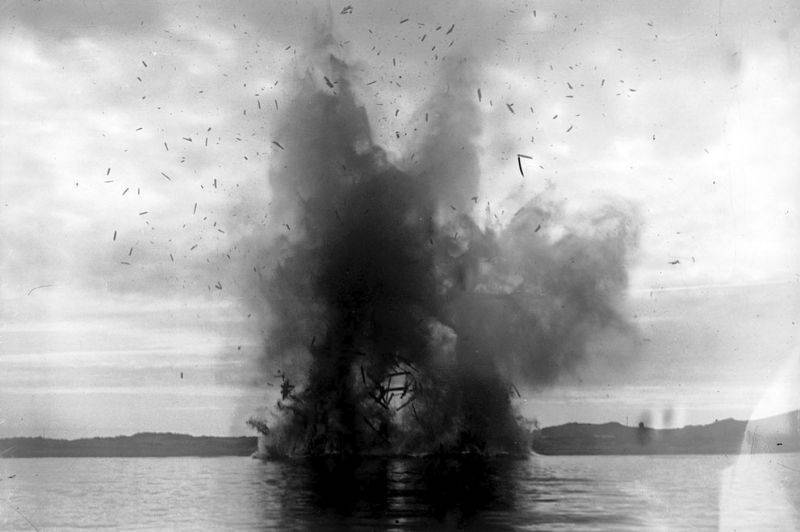
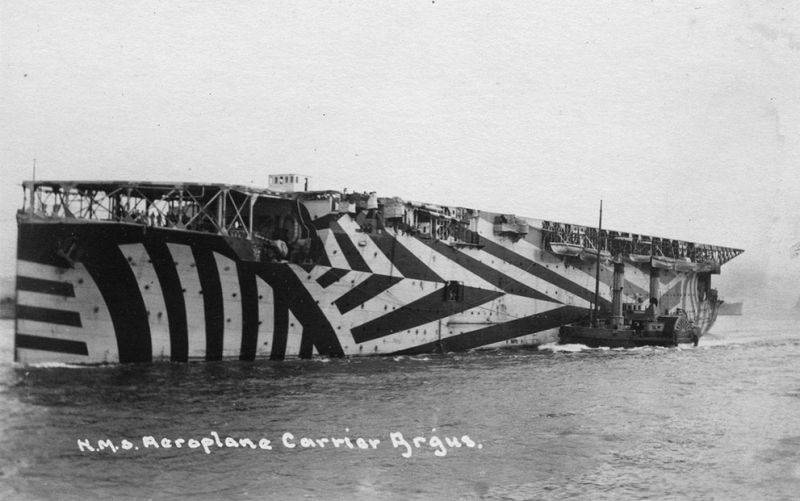
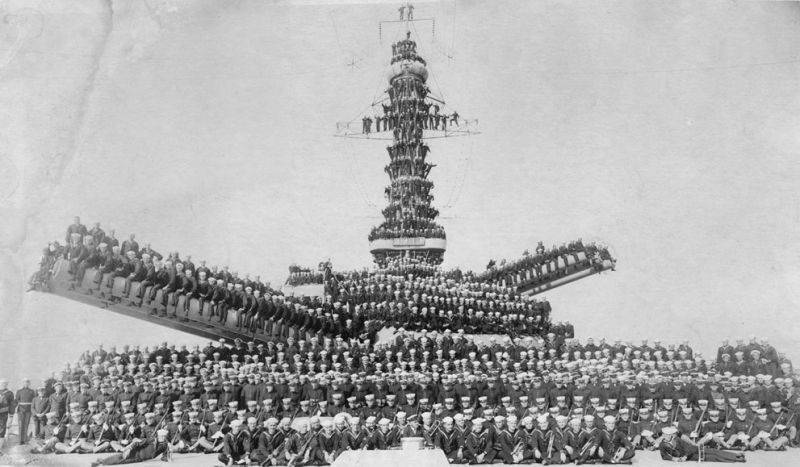
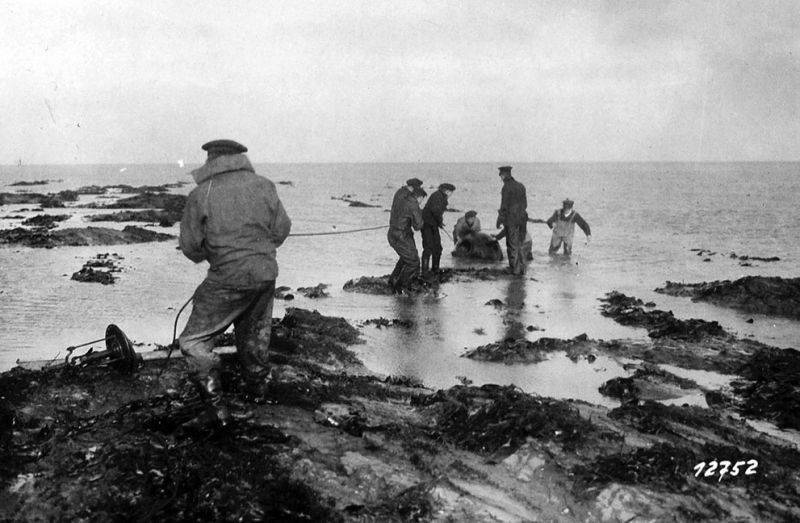
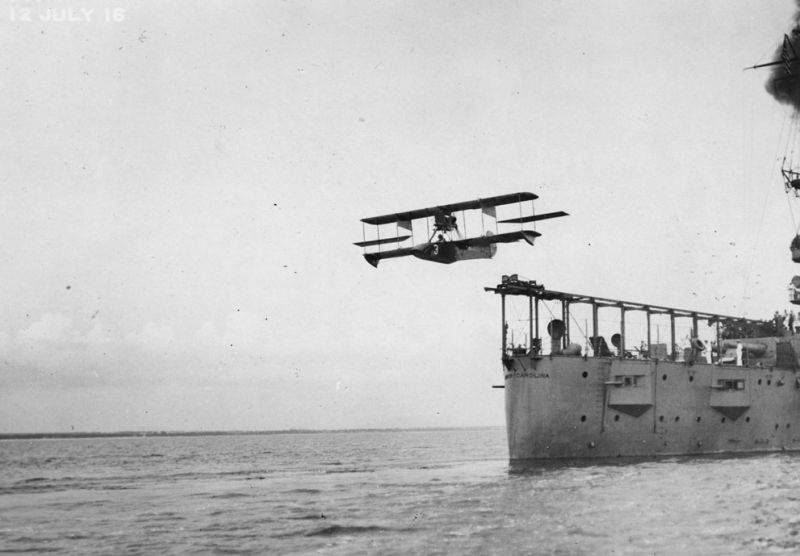
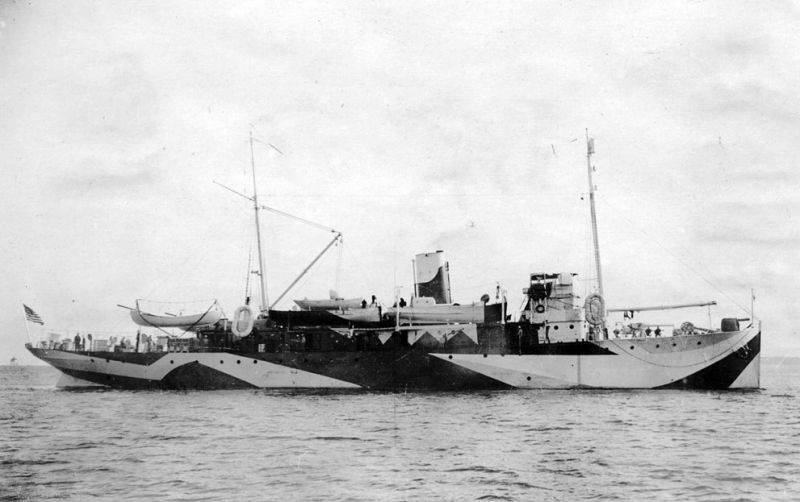
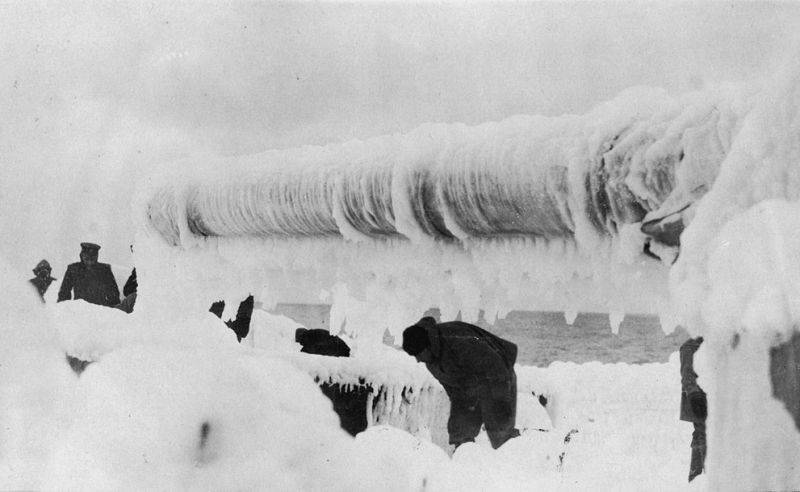
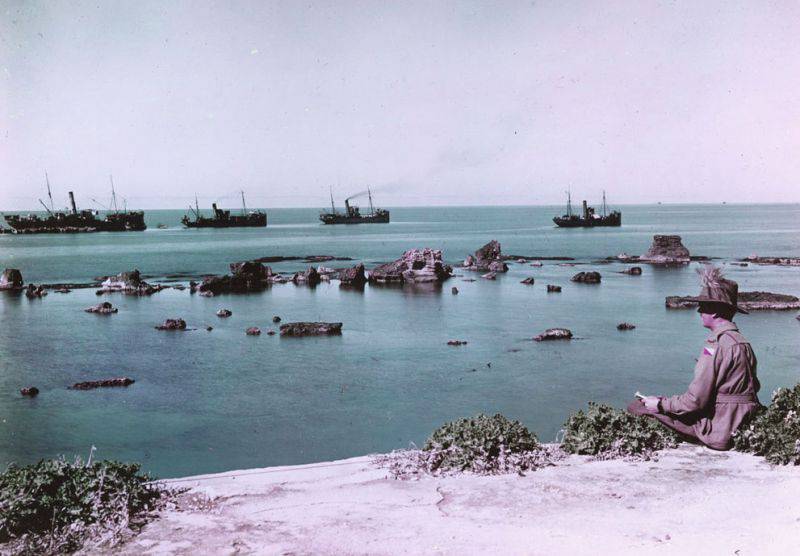
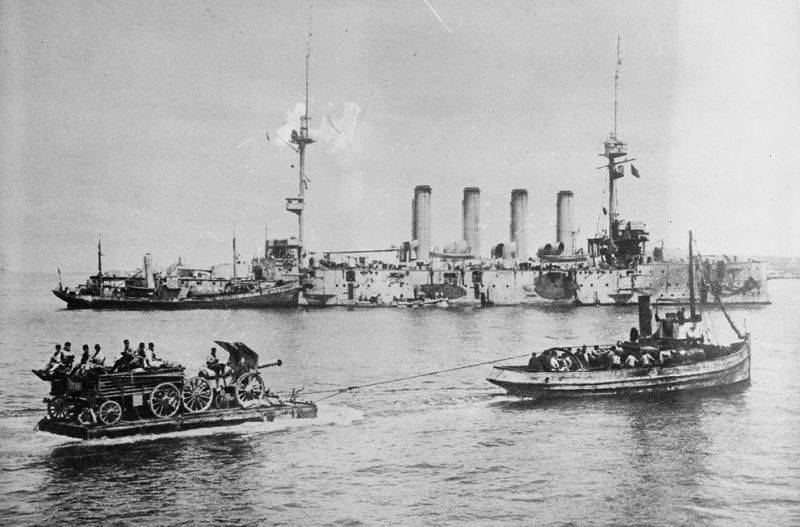
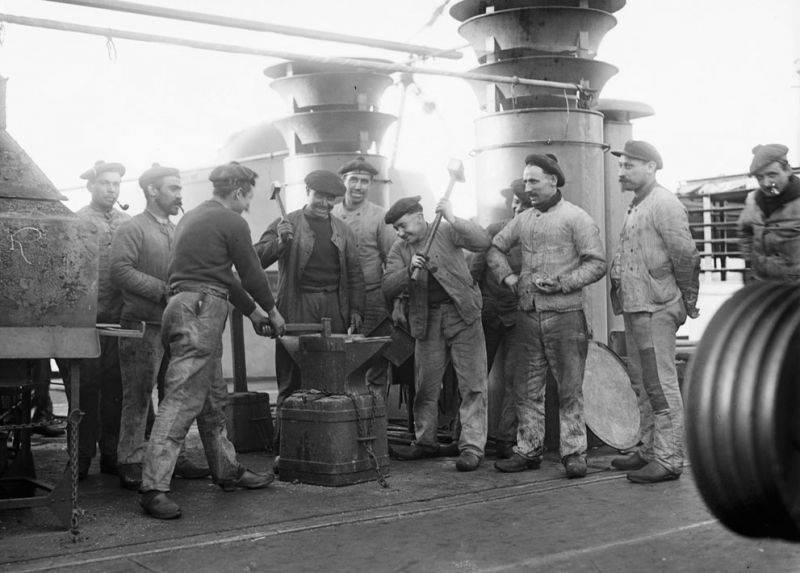
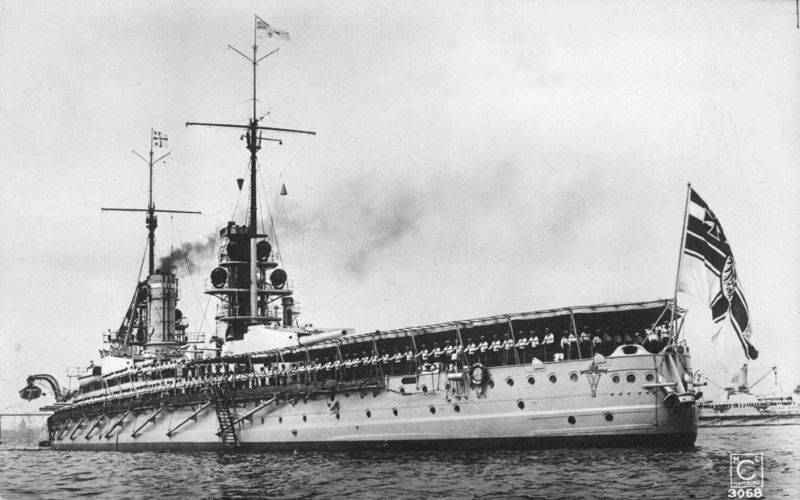
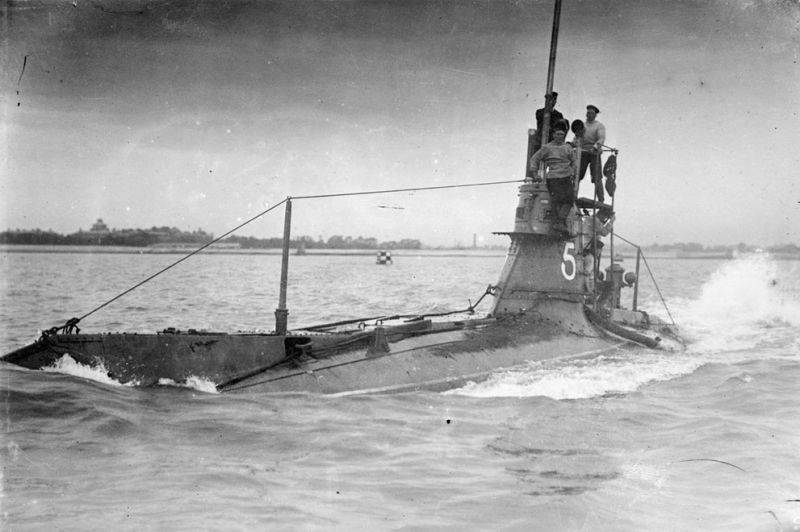
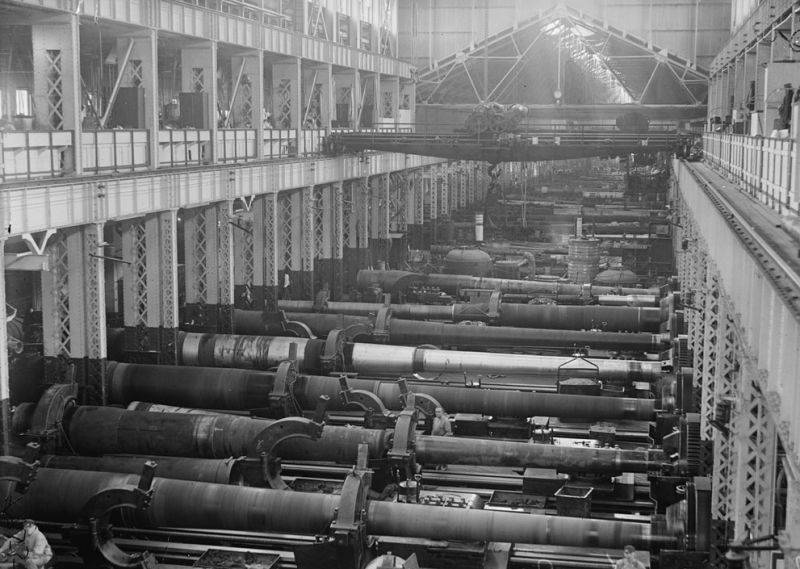
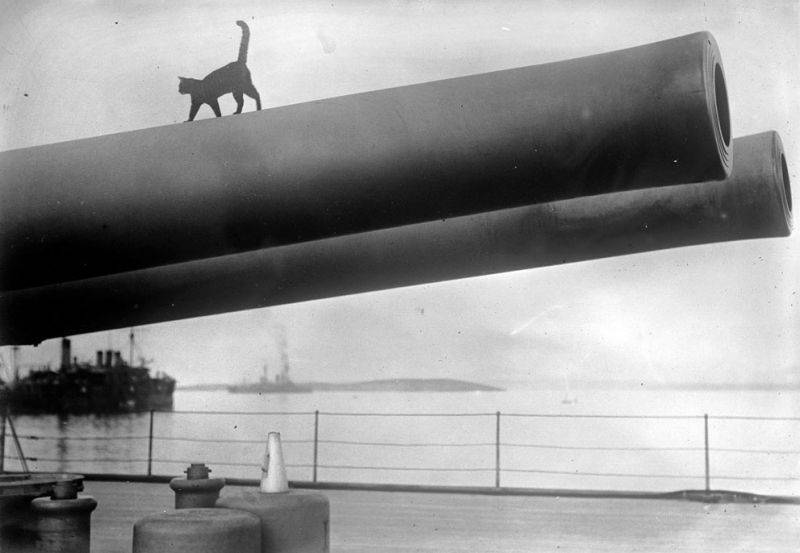
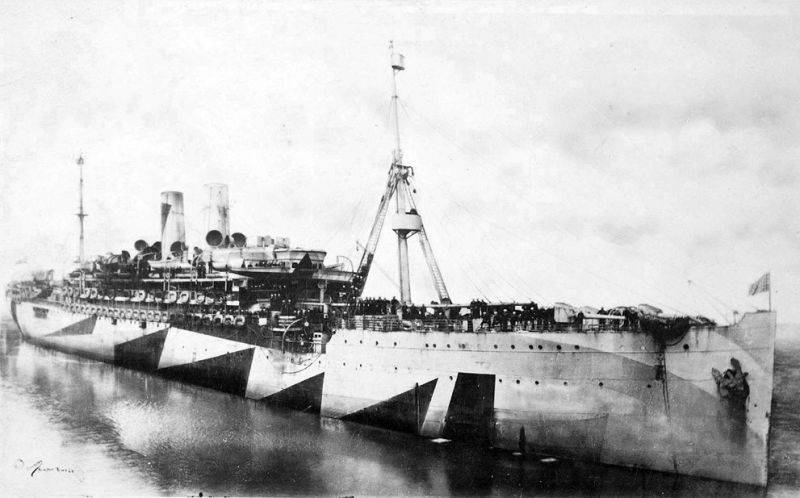
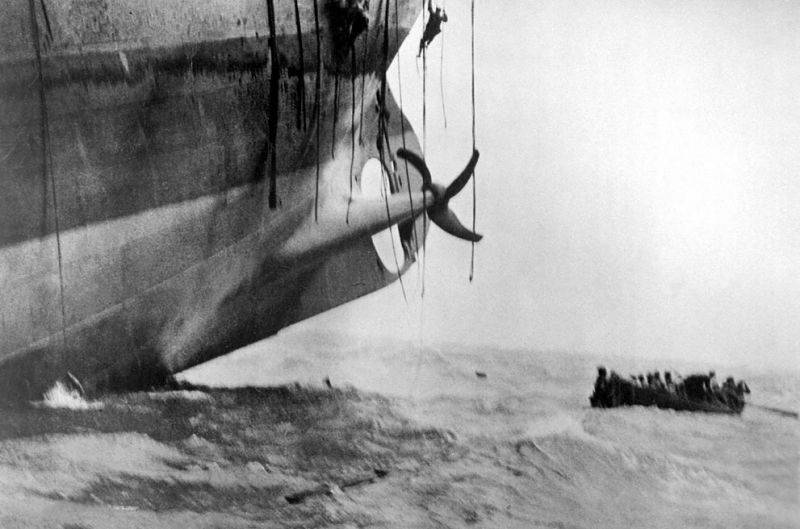
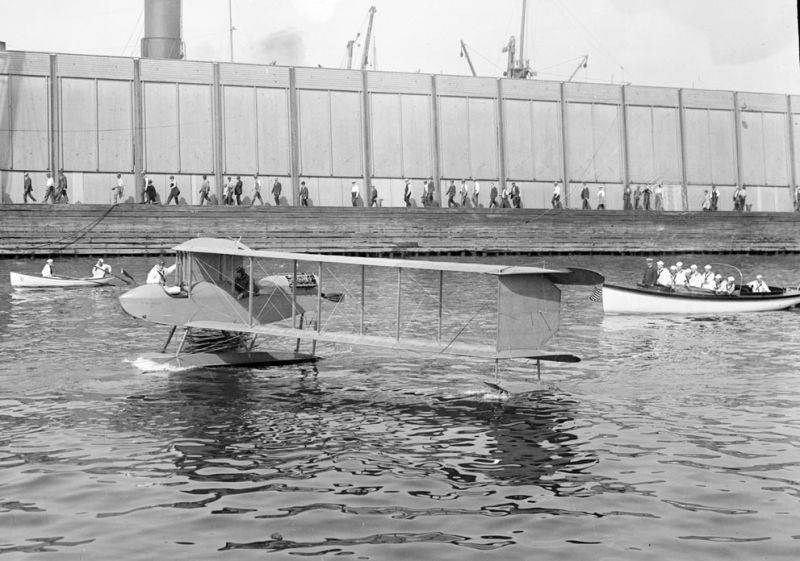
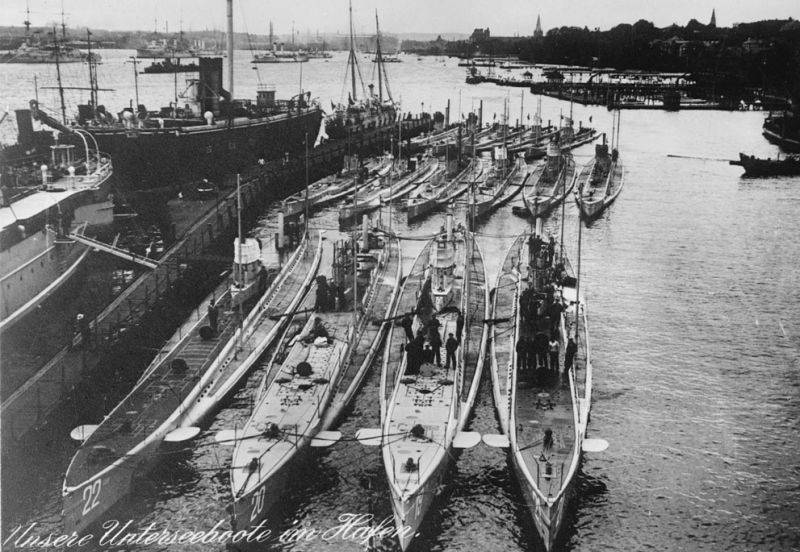
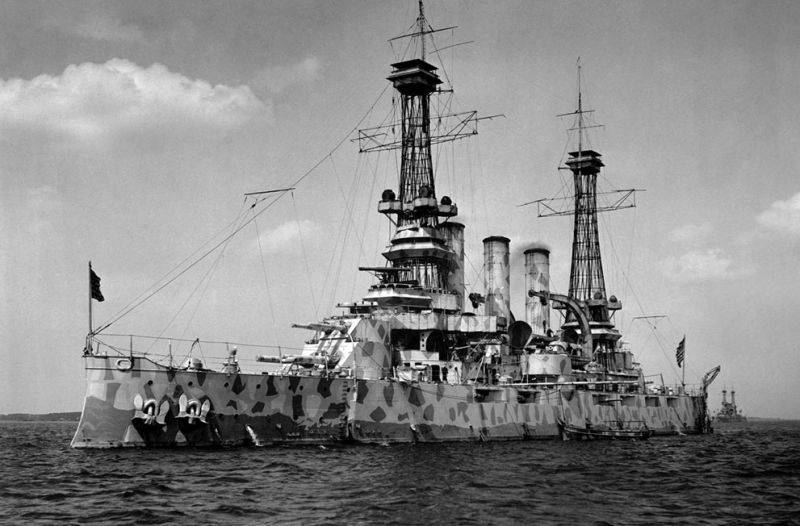
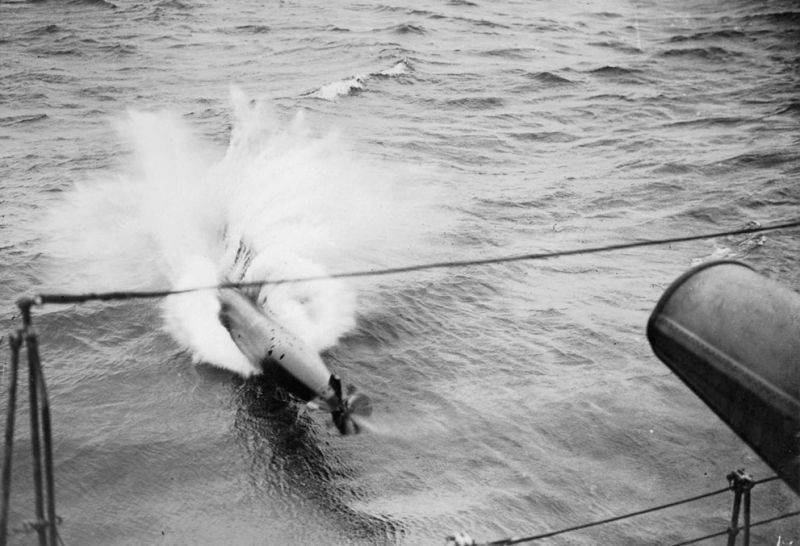
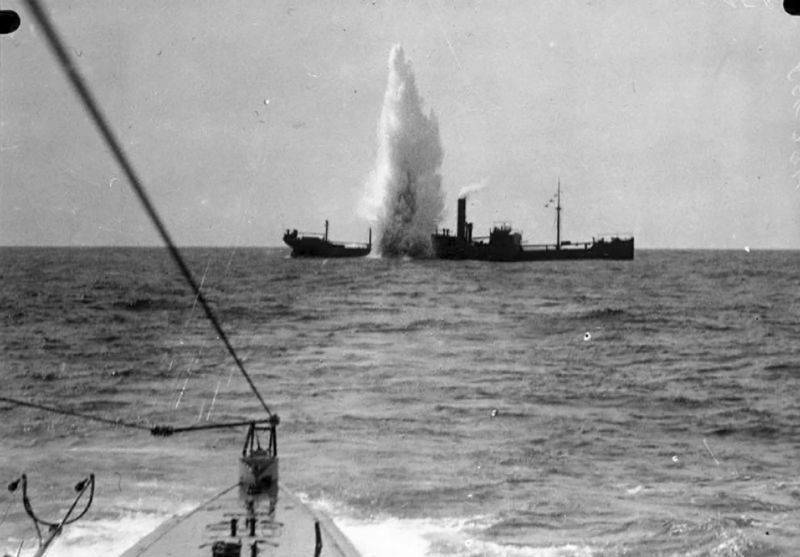
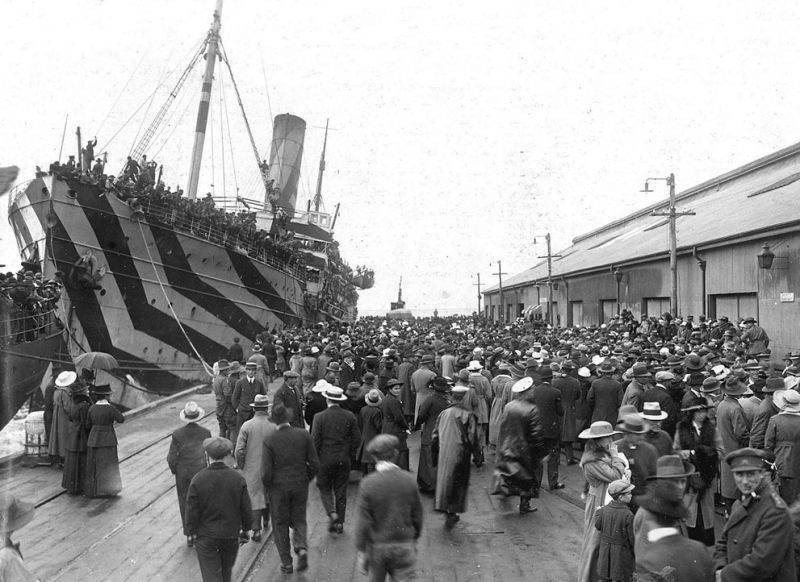
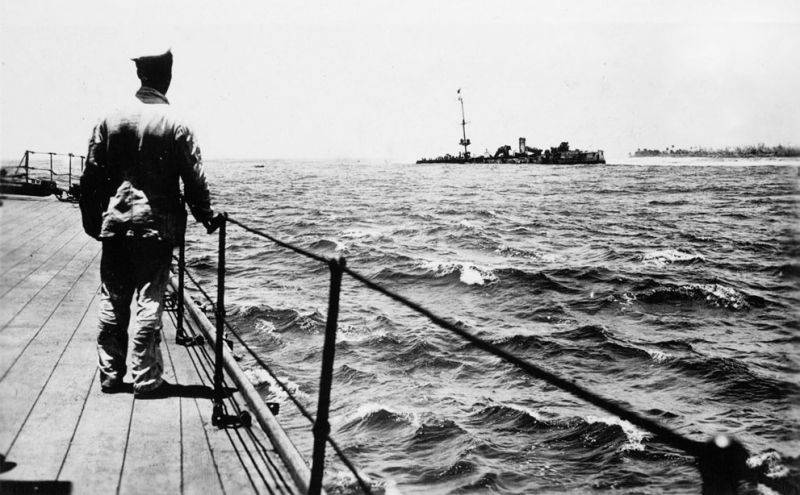
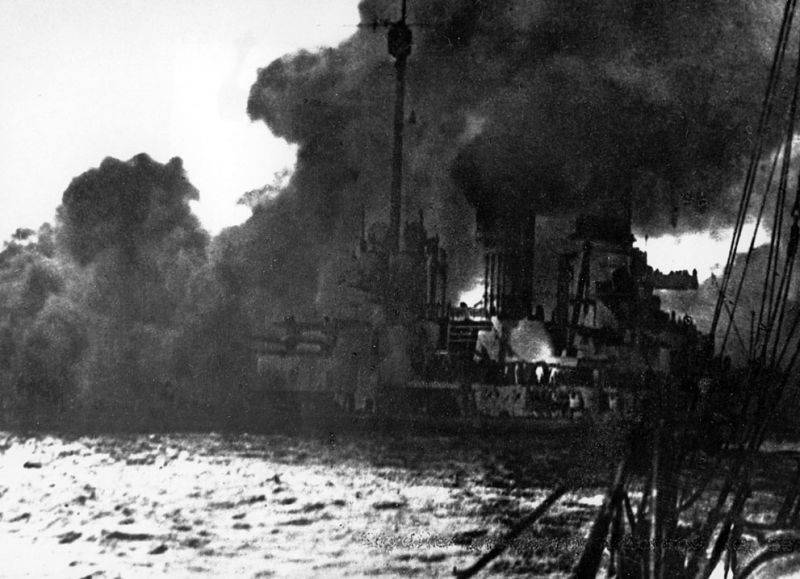
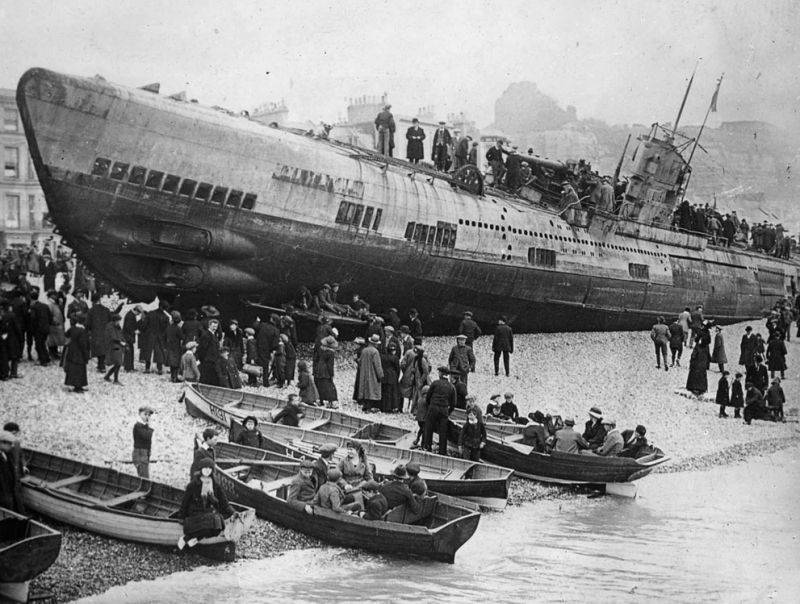
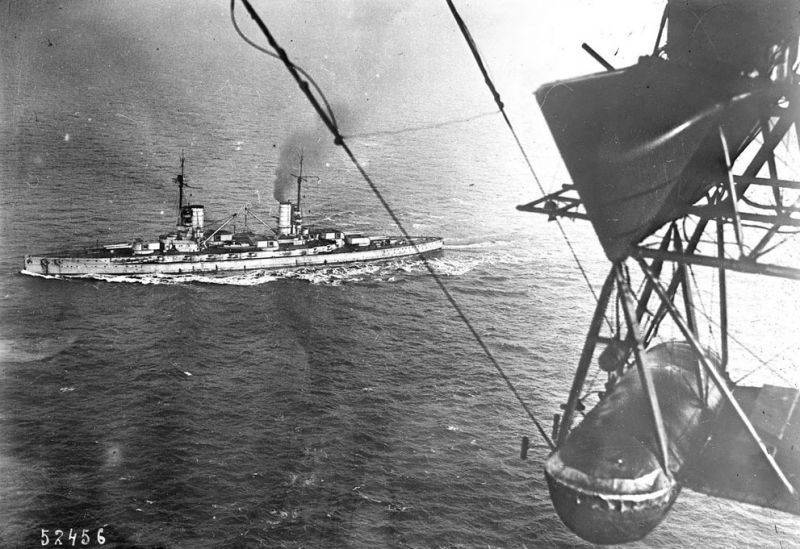
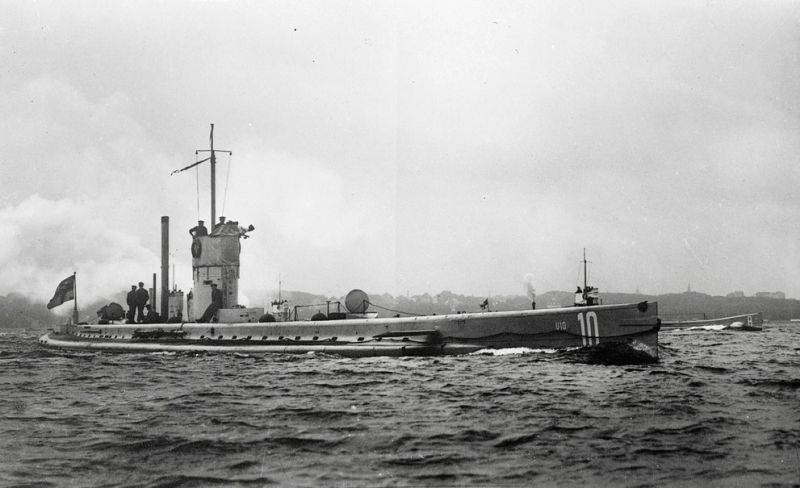
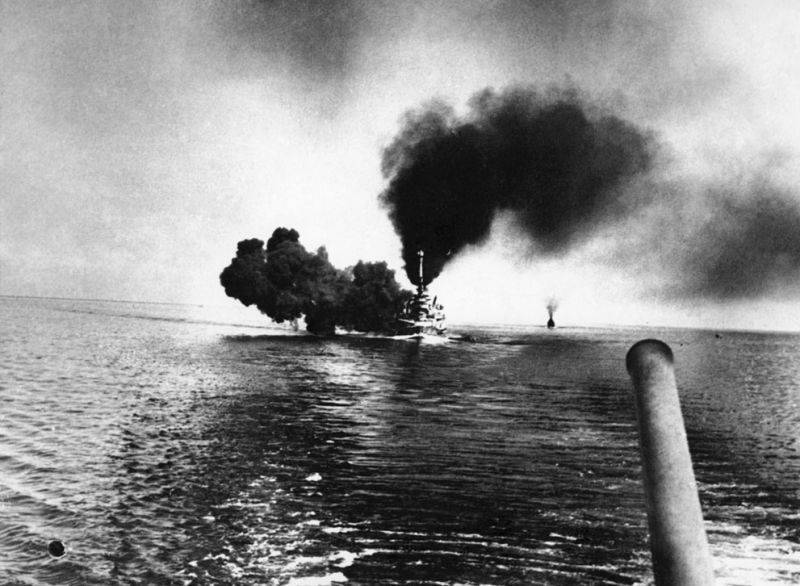
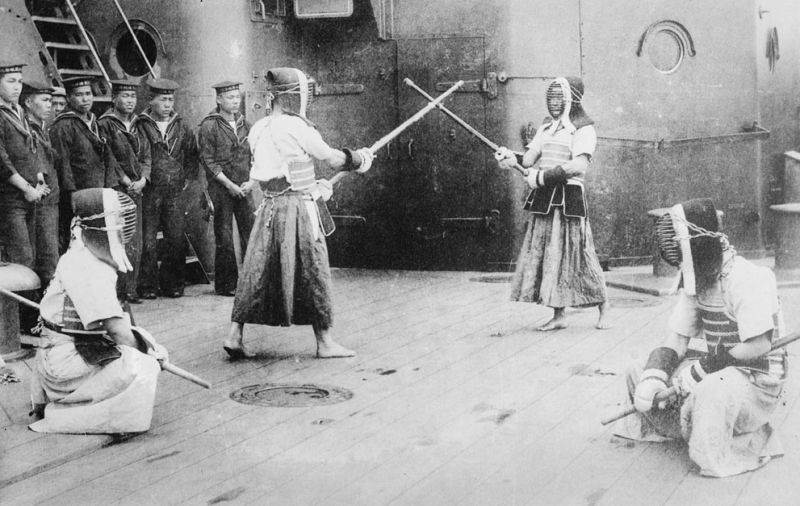
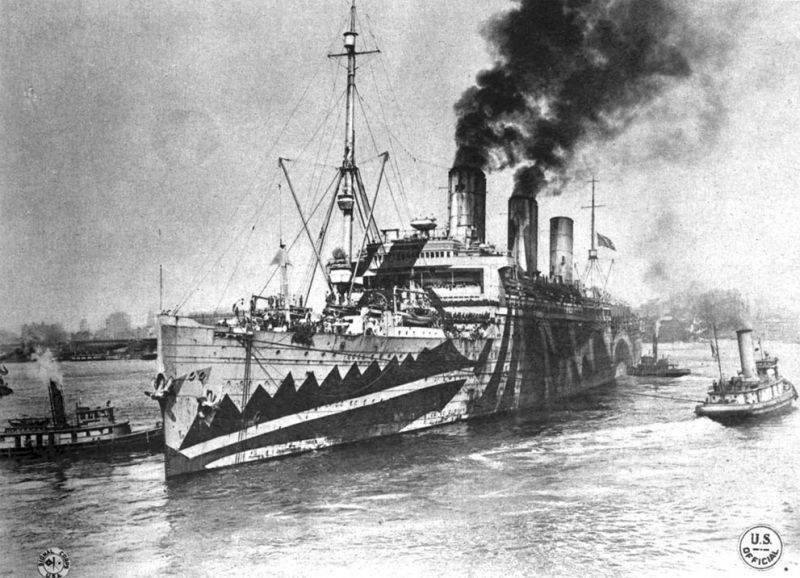
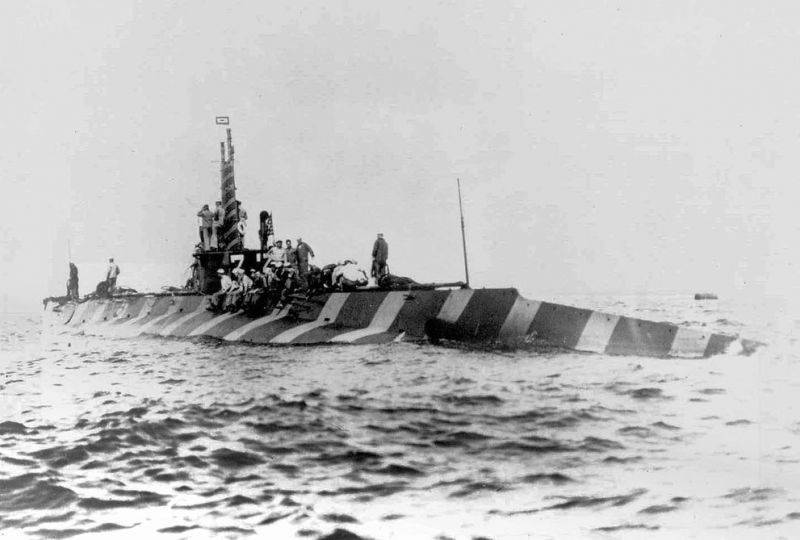
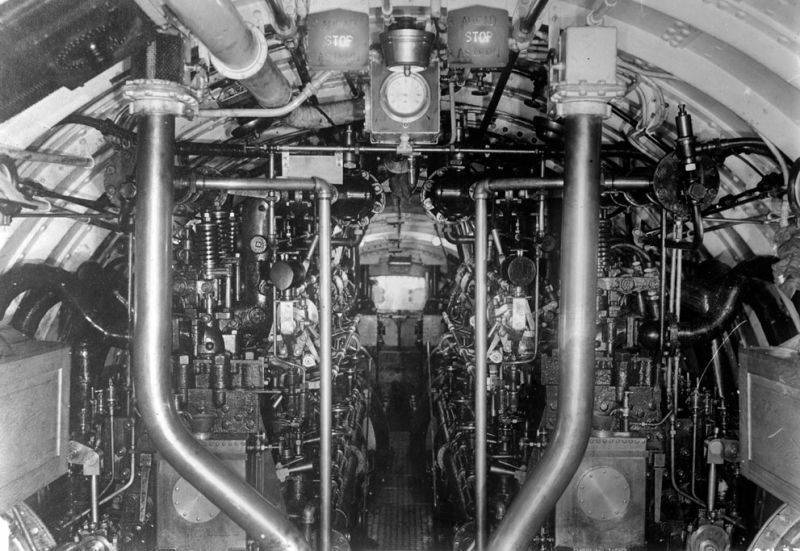
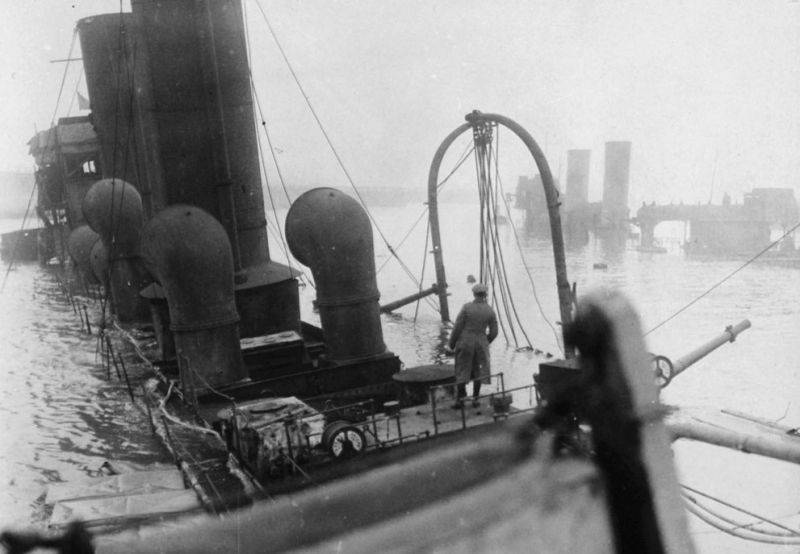
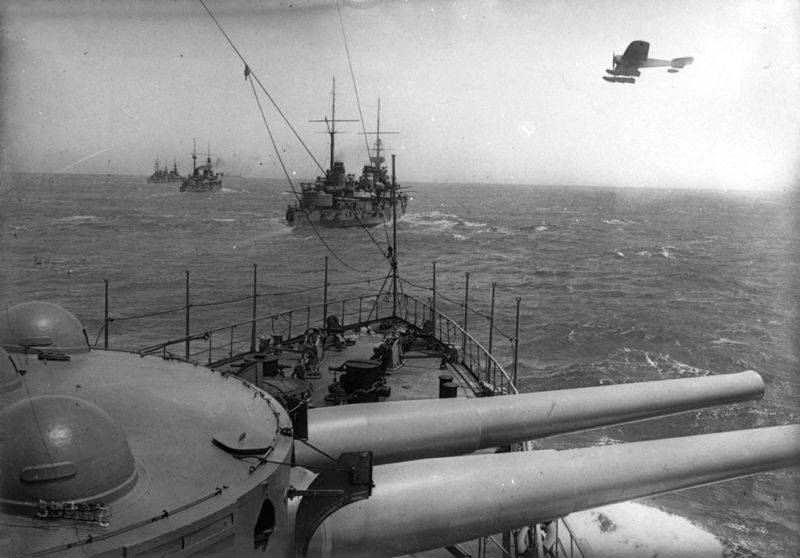
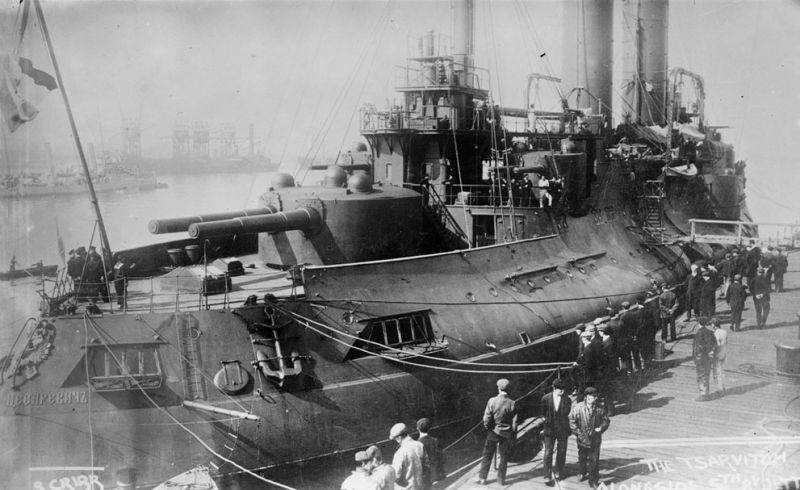
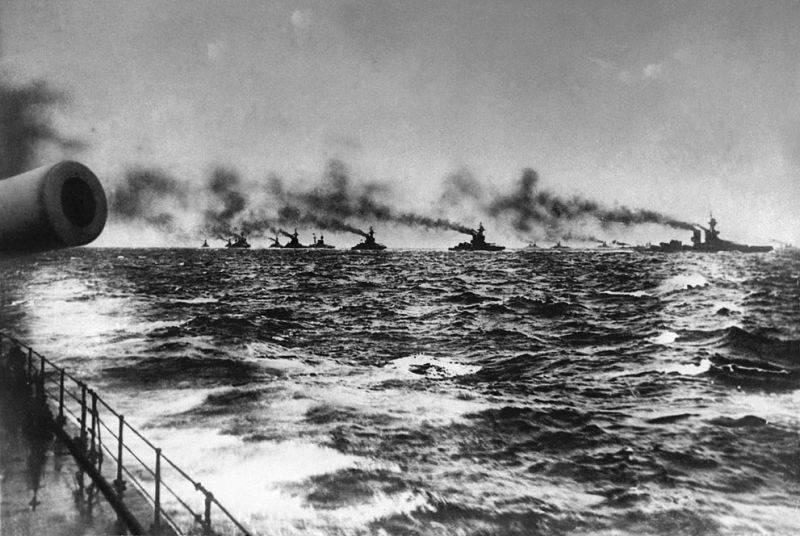
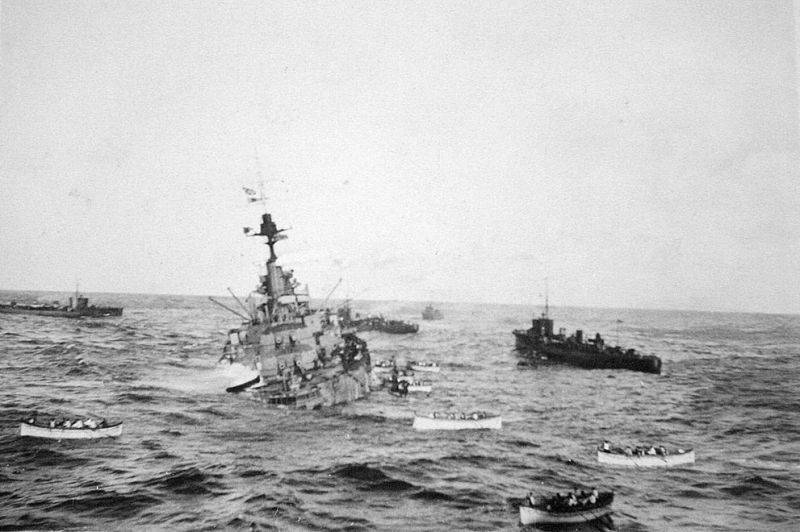
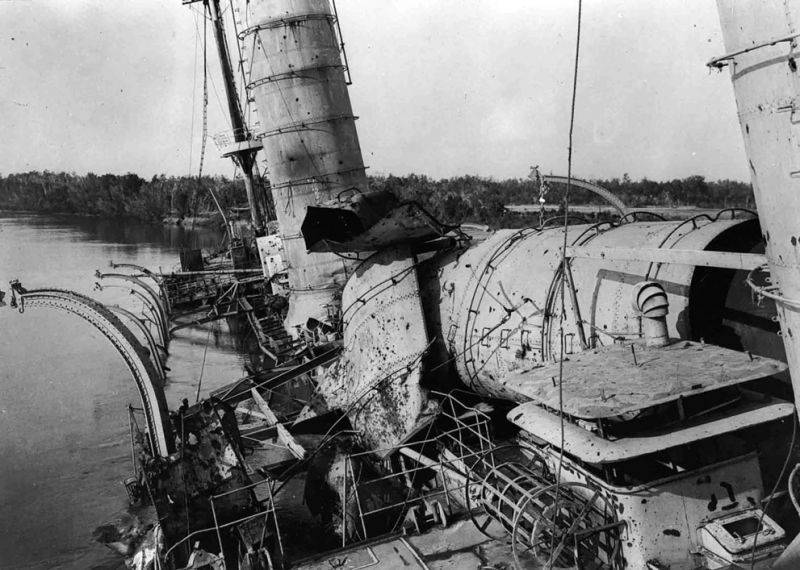
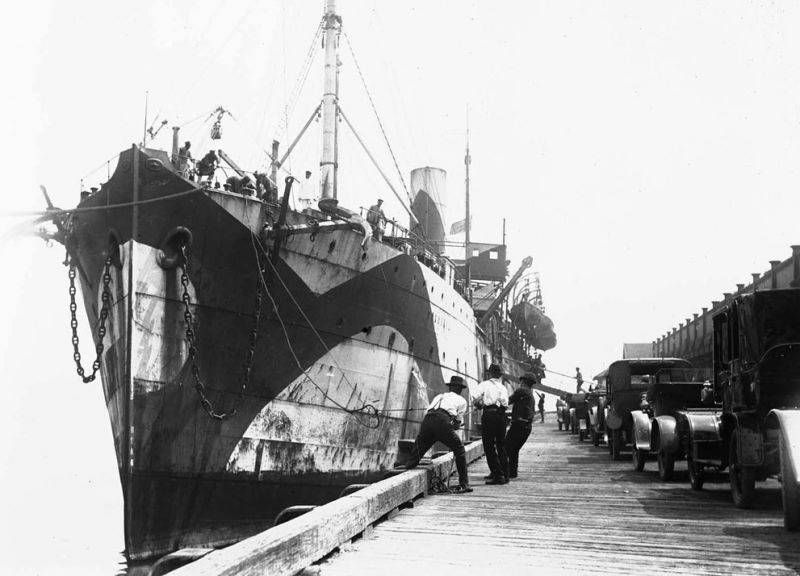
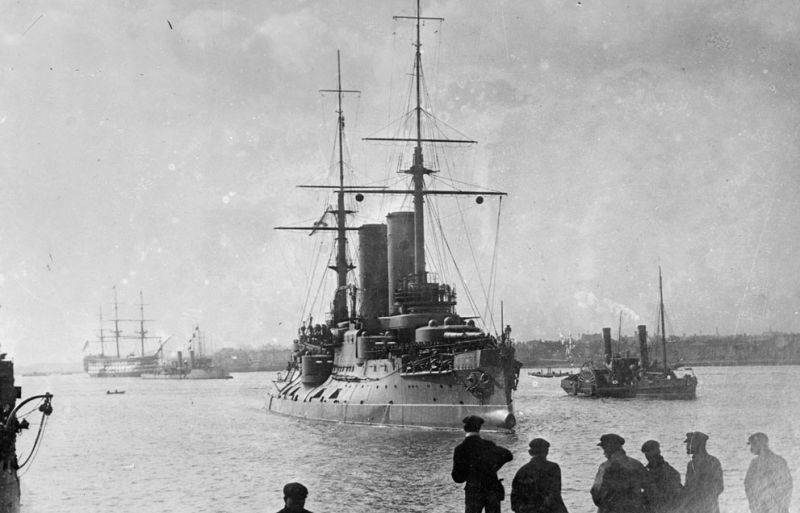
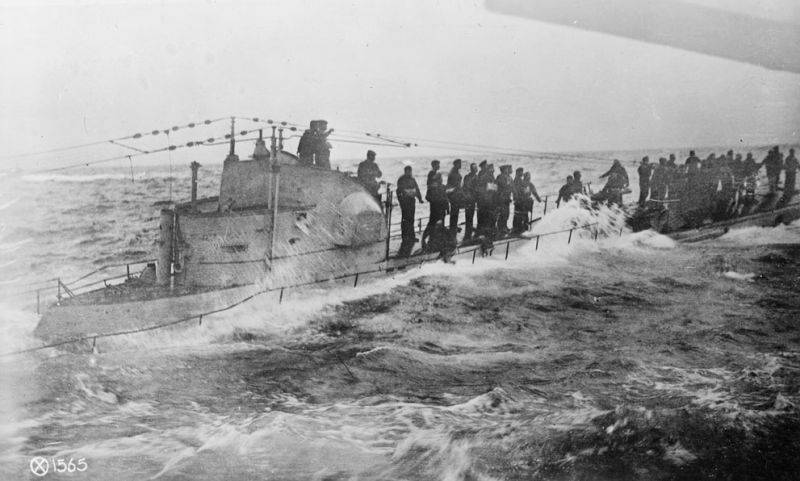
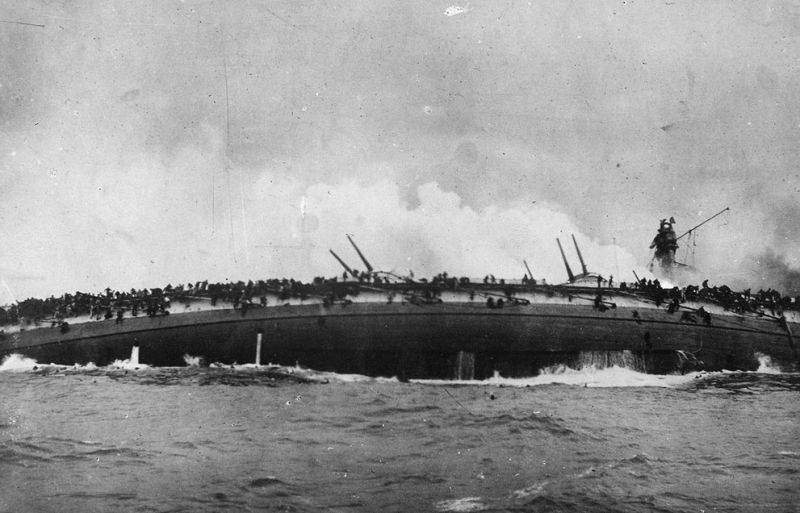
Information